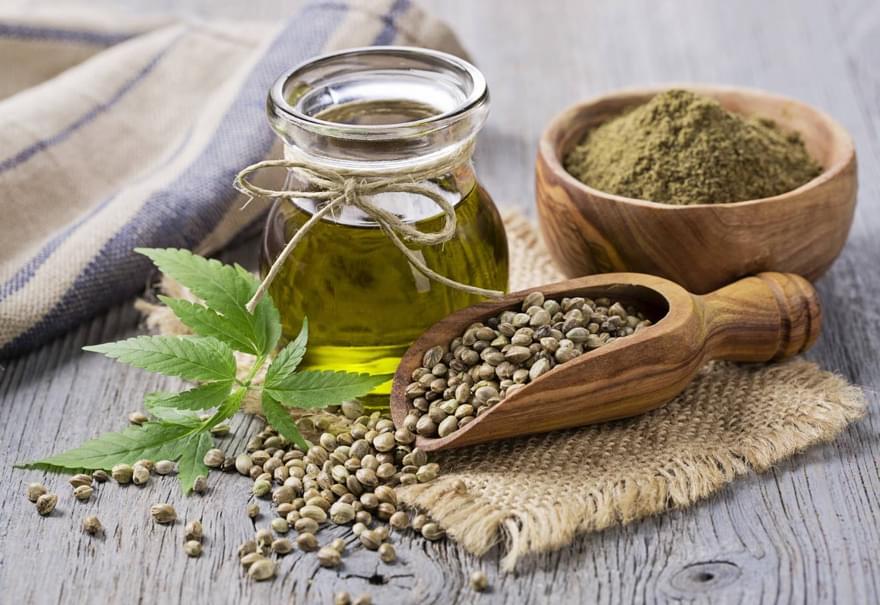
Hemp Seed - A Powerhouse of Health for Your Dog
Guest Blog: Anna Webb
Hemp seed and hemp seed oil are a powerhouse of health that's good for the planet, biodiversity and your dog. Find out why here.
Guest Blog: Dr Conor Brady
Dr Conor Brady gives us his thoughts on the latest developments in raw, this instalment focuses on dog nutrition and the sourcing quality meats.

Dogs eat lean dinners. At least they ate lean dinners. That's their paleo diet. As scavenging carnivores, dogs will eat anything with a face. Lean rabbits. Lean rats. Very lean frogs, birds and insects. Smaller in stature now than their wolf cousins, domestic dogs today lack the physicality and indeed the hunting techniques required to bring down large prey. Whatever big game protein is found in their stools comes from carcass and carcass is by definition very lean. Not only is wild big game lean by nature (think deer and horse) but any fatty parts the initial hunters would take for themselves. It is a highly sought after part of the kill, offering the most calorific bang per mouthful.
Much like their human minders, dogs too have retained this addiction to fat. In ad lib taste trials (where they are free to select as much as they like), dogs will pig out on it for days when it is presented to them ad infinitum. Over time, they slowly reduce their fat consumption in favour of protein. It's interesting to note that carbs are constantly avoided in these trials (trials that are conducted and paid for by dry pet food manufacturers!). In fact, dry-fed dogs only choose to consume 7% carbs in their diet. Raw-fed dogs would be expected to less again.
When you add it up (and I do in Feeding Dogs!), the paleo diet of a dog equates to a protein-to-fat ratio of around 7 or 8 parts protein to 1 part fat. That's a very, very low fat, high protein diet. Mr Keto. If a human was on this diet they would have no body fat whatsoever and would pop like those uber-tanned body builders you see on TV, though a better human comparison in this case would be a marathon runner. Dogs are, like their wolf cousins, long-distance running machines. They are meant to be lean and they are not only healthier but will live longer when kept in that shape. Bar cancer patients, they should not be fed high fat diets too regularly.

Perpetually high fat diets are going to cause a problem for the animal long term but it's likely not what you think. First, we must shake off the mental shackles of “eating fat makes you fat”, a ridiculous, baseless, untested and ultimately disastrous nutritional theory in the 1970's that greatly accelerated the Wests' move to low-fat-high-carbohydrate diets and giving us the obesity epidemic. It's no longer possible to say it's as simple as calories-in-calories-out. That one too is soo last year. We now know a myriad of factors now greatly affect the obesity epidemic. For example, an overweight mother can pass on the normally dormant “obesity genes” switched on to their children. Another interesting study of the gut biome reveals you can take gut flora from fat mice, put them in skinny mice and the skinny mice get fat. Then there is physical and mental stress. Disease. So many factors. But fat alone is almost certainly not a major contender, rather paradoxically. Two examples put this to bed quickly for us – ultra marathon runners eat very high fat diets and and the extremely high-fat diet of the healthy Inuit people. As long as the latter refrain from the temptation of carby Western diets, they'll be fine. But if you eat carbs with fat, you are on the train to Fatville.
The thing about eating high-fat diets is that, quite simply, the more fat you eat, the less meat protein, bone and organ you consume. The less of those you eat the less nutrition you have. The less nutrition you have the sicker you get. Dogs have evolved to need the whole, lean animal. All the bits in roughly those proportions. Don't go fiddling with that for too long.
And now, with some relief I suspect, to the point of the story. We all jumped to raw dog food to avoid the high carbohydrate diets recommended by the veterinary industry. That was smart. A lack of regulation in both the pet food and veterinary industries has resulted in a lot of dark pseudoscience muddying the pond but now we know those stale, ultra-processed, low protein, high-carb, chemically preserved crackers were killing our pets. So we jump to raw. However, that lack of industry regulation applies this side of the fence too. I can't highlight enough that just because that raw producer is on the right side of the argument does not make them the good guys. The sharks will follow the fish.
When I set out making raw dog food, exactly ten years ago this month, now that I think about it, I didn't have much competition. I came back from Australia knowing I was going to create the greatest pet food ever. And Gráw Dog Food (grá being the Irish for love) was lovely, in fairness. I got the very best chicken, beef, salmon, duck and turkey that I could afford and made the best most rounded (all the organs) food I could. I used quality herbal additions to give it a kick. Tiny bit of veg. It was great stuff. At the time I was told I was going to fail as I wasn't charging enough. After some success on TV's Dragon Den (check it out on YouTube – the stand-in dog didn't eat the food live on air! Shoot me in the face now please!!!), I found out what they meant. I increased rapidly in sales and soon realised I was drowning under the pressure. The machines. The staff. The constant surveillance. The packaging. The lost orders. The paperwork. The bank. The constant pressure from the most unhelpful Department of Agriculture anyone has had the misfortune of dealing with. On and on and on. Despite the success and increasing sales, costs and work load spiralled. I was broke, exhausted and utterly miserable. I remember one morning, 4am, I was getting ready for a tiny, certain-to-be-unprofitable-but-needed-to-show-my-face dog show down the back-arse of Ireland in some water-logged football field, in the pouring rain. I was trying to load the van myself as I couldn't afford the lads in to help. I learned that it's nearly impossible to get a 10ft chest freezer in the back of a hi-ace alone, at least while crying.
Something needed to give (before my back) so I went looking for someone to make the food for me. With no candidates in Ireland, I contacted the few UK manufacturers capable at the time and two kindly offered to meet me. I will never disclose who they were but this is what I can tell you about our meetings. The first factory, I arrived to in the dark. I could smell it a mile away (in a van) before I could see it. There was JCB's driving in and out of it pushing material around. There was meat hanging from hooks above the machines that made the food. There were brambles growing through the roof. It stank and I wanted to cry. Again. Their product was ground up carcass sold as “chicken” or “duck” or “turkey”. I didn't ask what the beef was. It wasn't going to work.
The second factory, who ultimately stole my ideas and never contacted me again after our first meeting, was much cleaner. State of the art machinery and freezers. Serious investment had gone on here. I was happy, initially. They were in the middle of a duck run and were proudly showing me the ingredients. There's the duck. I saw a tonne of duck carcass. OK, nothing too much with duck carcass as long as a heap of meat is going in on top. There's the veg (they used lots of root veg, didn't know why, initially...) and there's some dry additions (still today I'm not sure what it was). And that was their “duck and veg complete food for dogs”. But...but.....where's the meat?! It's on the carcass, they said. I was too polite to highlight a carcass is without meat, it's sort of the whole definition. Meat factories are experts at removing meat muscle, sort of what they do. Now the root veg made sense, lots of fibre to bulk the firm stool and help the boney meal pass through. Where are the organ meats?! They didn't use any. As I said this company soon stole my recipes and tweaked their recipes to at least include some organ meats. Can't imagine they changed the carcass bit, mind.
And the problems continue today. Let's take the classic “beef mince for dogs” for 50p per pound or £1 per kilo. Beef mince for humans is made from the last bits of meat to come off the carcass after the steaks and stew meats etc have been removed by expert knives-men. What remains on the carcass are some bits of meat, lots of fat and bone. The first round of beef mince they remove is quite lean, less than 5% fat, and costs you much more. By the time they are finished, the last round of meat removal, you have beef mince with 18% fat, the fattiest mince you are permitted to sell to humans and it costs £4 per kilo. That is the market value for fatty beef mince (and competition ensure that that price stays very close to the bone, if you'll pardon the pun).
At nearly 4 parts protein to 1 part fat you are already at twice the fat content of your dogs' ancestral meal.
In their defence, the raw supplier you meet on the side of the motorway will claim to buy in "great bulk", beating the buying power of the supermarket whales such as Tesco's and Aldi but this, in hindsight, so grossly misunderstands the size and output of these behemoths. These chains are buying for hundreds of stores by the thousands of tonnes each week. All the raw manufacturers in the UK teaming up together couldn't get near their prices.
The £1 per kilo of “beef” can only be one of three things - ground up lung and trachea, as only that can cost so little that the supplier might cover their factory costs and, assumedly, a small profit. I can't think of another part of the cow that's cheap enough. The second reason is it's fat and blood. This too is cheap but even beef fat (tallow) gets a decent price. Either of these options will result in a light, froth, pink-not-dark-red mince that a butcher would laugh at if offered. The supplier can write whatever protein and fat contents they like on the label. Nobody is checking it.
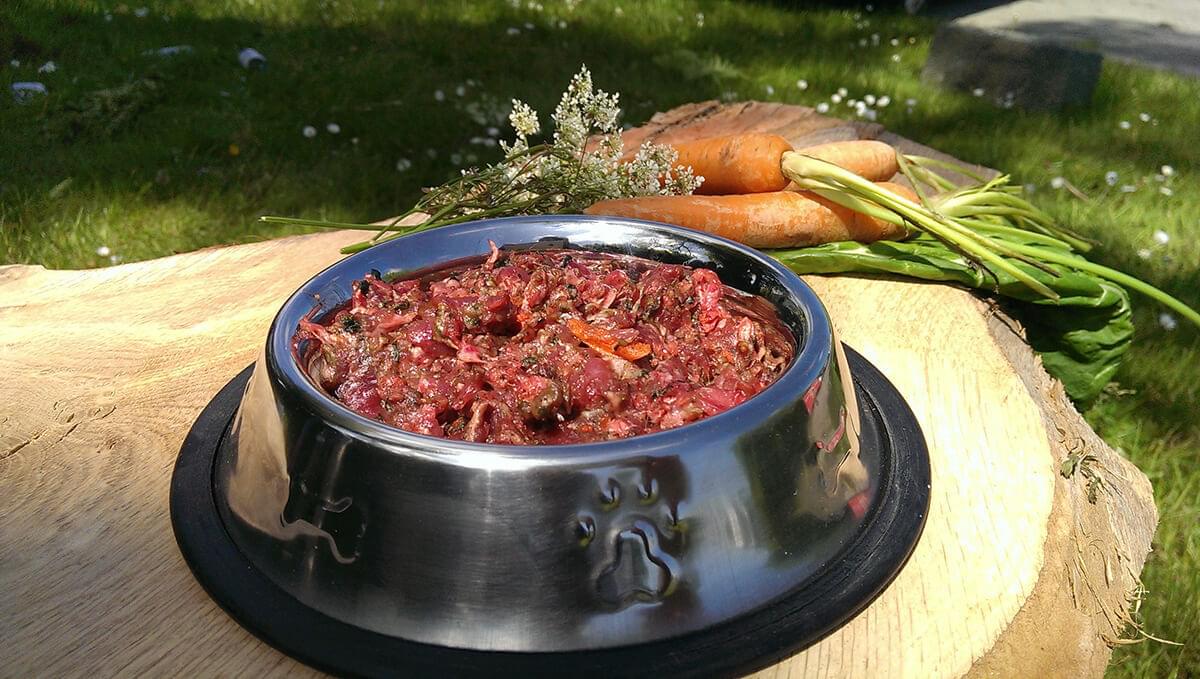
The third option is more sinister. They are supplying cattle that were not destined for the human meat chain. They call this 4D meat – dead, diseased, dying, disabled – stuff that must be incinerated in the EU since the BSE crisis. These can be picked up on the black market very cheap and you'll never know. We have to assume not a lot of this goes on. In my opinion, any company with a company number is unlikely to partake though recently we did see a UK raw dog food company in hot water when their deer supplier was caught handling animals that a vet had never passed a veterinary inspection. Six kittens died form TB after eating it (still the only fatalities from a factory-made complete raw anywhere in the world that you can find in peer-reviewed literature).
What's wrong with this trachea and cheap, highly fatty beef mince? Nothing really...in moderation. It's when people use this like it's beef muscle, when they use chicken carcass (finely ground to mask the fact you wouldn't see chicken meat if presented in a chunkier form), a piece that is nothing but fat and bone (and bone is 50% calcium, give or take), as the dogs' meat muscle offering. It's fine as say 20% of your dogs' daily fare (giving them the required 10% raw bone content, for example), a touch more if you need to save a few pennies, but know that your dogs diet is supposed to be very largely animal protein, muscle for the large part. While yes dogs would eat some lung and trachea, if you are using it as a meat source your dog is most certainly not getting what he needs long term.
The danger today is that the companies that are experts at taking this sort of material and wrapping it up much nicer that the road-side guys. Mix a few "superfoods" in there, give it a colourful sleeve and a fancy double barrel name and you're halfway there. Now offer great margins to retailers to encourage them to promote it above the others and I've just described a great deal of the low end of the market.
From this low point, a lot of companies pad up their cheaper-but-still-OK ranges with heart or tripe. That's fine, again in moderation, but switch those mixes up to avoid inadequacies.
The higher end guys are pricey as meat muscle is pricey. There is simply no way around that. It's not like they're using fillets but they do select far more meat options from their suppliers. That's a fact I've witnessed myself. You can then add another significant levy on to those companies using organic or outdoor meats. That stuff costs folks, no two ways about it. In fact, that's what dog food is supposed to cost, anything less than that is a bum deal for the dog eating the food or the animals used to produce it.
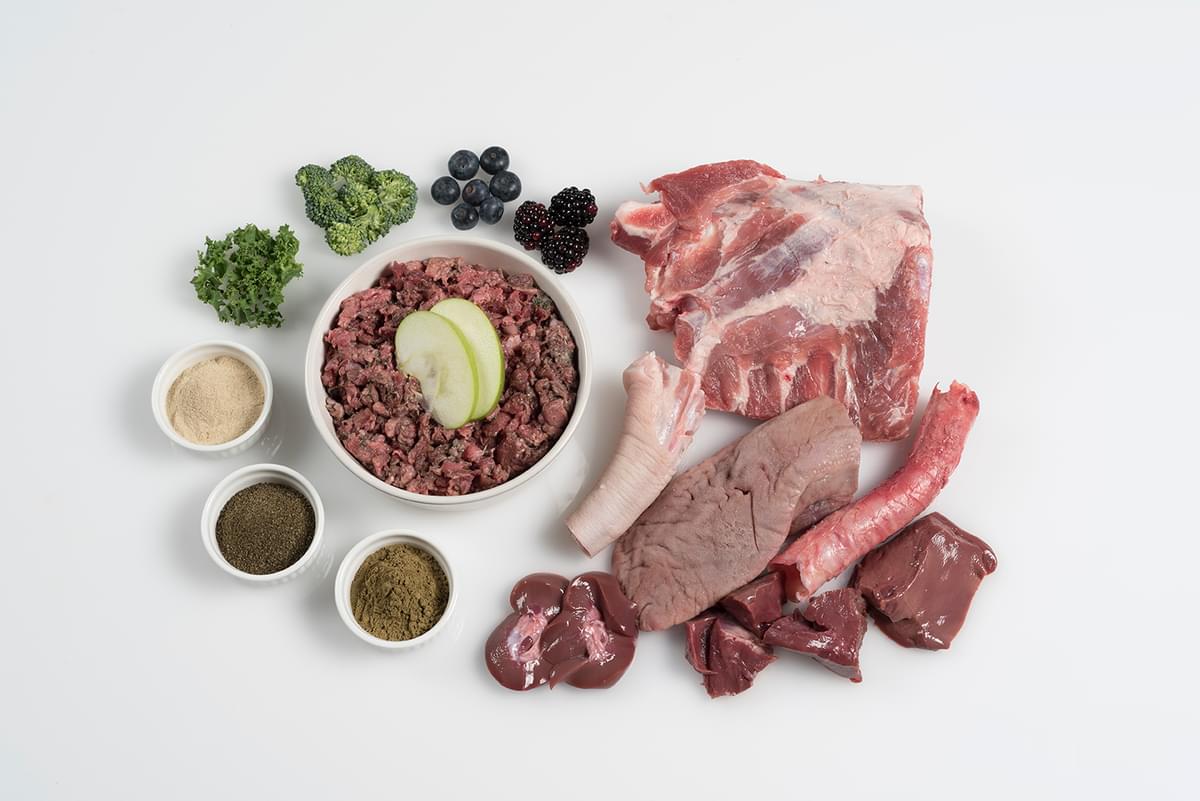
With nobody checking label claims, purchasing documents or product contents, we're all going to have to accept that buying raw dog food, sadly, all comes down to trust. So, in my opinion, when companies put themselves forwards for voluntary audits (twice in the case of Paleo Ridge - once with ISO9001, still the only raw company to have attained that, and again with Raw Safe, the latter still today only four companies have stepped forward for) you are witnessing a company that are doing their very best to be transparent and to this the market clearly responds (UK's favourite raw dog food and all that).
Inevitably, all this effort, coupled with a meatier offering and the outdoor / organic where possible adds cost, though one final warning - the more expensive brands are not always the best! Some brands cost more as they are in shops and need to put reps and vans on the road. Other brands spend ferociously on advertising and might pay themselves extremely well along the way. It all adds up to to the fact that at all time you need to be on alert and exercise great discretion where you spend your money today. You need to investigate. Above all, you need to prepare yourself for the fact that carnivores are the most expensive animals on the planet to feed. That why, numerically, there are so little of them in the wild compared to their prey. They are top of the triangle, requiring huge home ranges to meet their needs. You have a an adorable little carnivore at home requiring a lot of meat. While you care for him, meat muscle is what he needs.
Only now it's you who needs to go out and do the hunting.

Guest Blog: Anna Webb
Hemp seed and hemp seed oil are a powerhouse of health that's good for the planet, biodiversity and your dog. Find out why here.
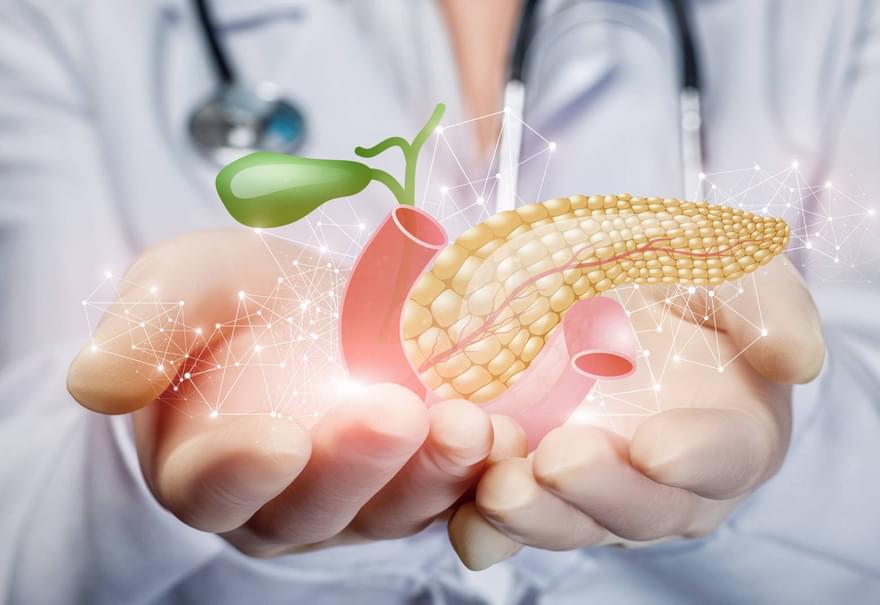
What is pancreatitis and how can it affect your dog? Read on to find out all you need to know about this disease.
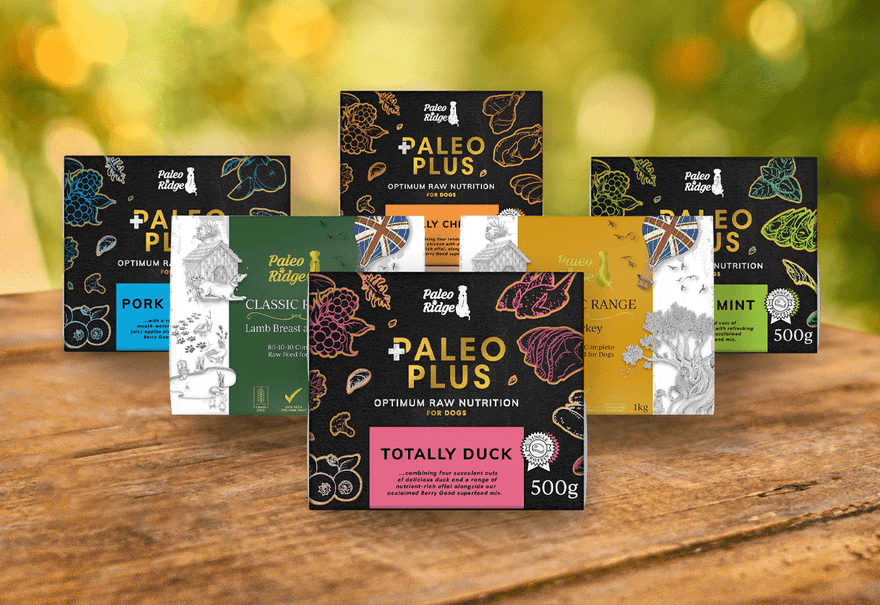
Single protein meals, what are they and what are their benefits?